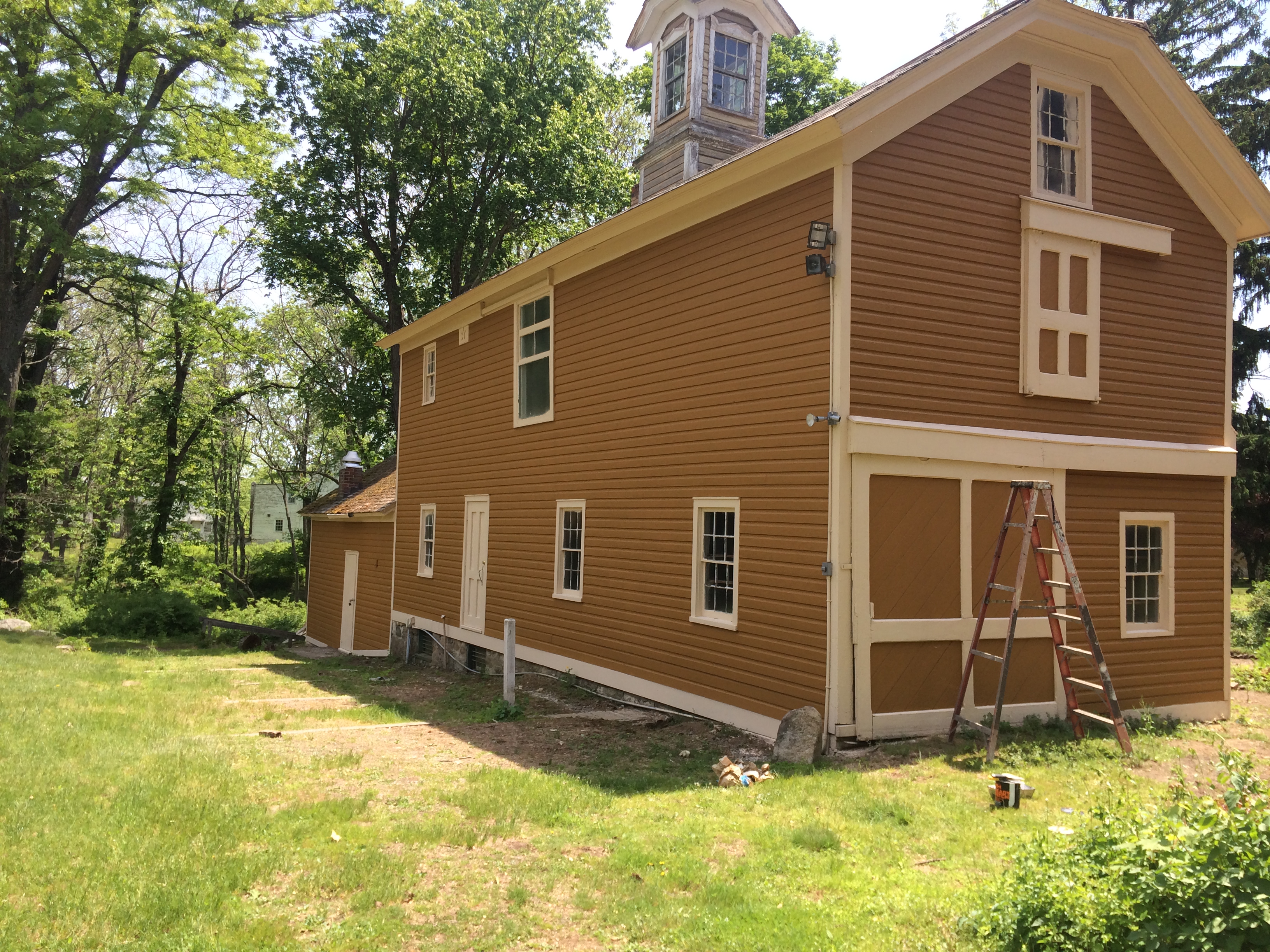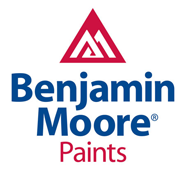Preserving the Garden State’s Heritage, One Brushstroke at a Time
New Jersey boasts a rich tapestry of American history, reflected in its diverse architecture—from colonial-era homesteads and Victorian manors to early 20th-century commercial buildings. For property managers and owners entrusted with these treasures, maintenance is about more than curb appeal; it’s about preservation. Historic painting is a specialized craft that balances aesthetic restoration with the long-term protection of irreplaceable structures. Unlike a standard paint job, it demands a deep understanding of historical materials, architectural context, and the advanced techniques required to safeguard our state’s legacy for future generations.
Why Historic Painting Requires a Specialist
Applying modern paint to a historic surface without proper consideration can cause irreversible damage. The core difference between a standard painter and a historic restoration specialist lies in the approach. A specialist prioritizes the integrity of the original structure, understanding that every component—from the wooden siding to the iron railings—has unique needs. This involves meticulous research, material analysis, and a commitment to historically accurate methods.
The goal is not just to make a building look new, but to make it look authentic and ensure its survival. This requires a contractor with proven experience in historic painting in New Jersey, one who appreciates the delicate balance between preservation science and artistic execution. A true specialist knows that the wrong primer can trap moisture, causing wood to rot, or that an improperly chosen coating can obscure intricate architectural details.
The Meticulous Process of Authentic Restoration
1. Assessment and Historical Research
The first step is always analysis. A professional team will investigate the building’s history, identify the original substrates, and perform paint-layer analysis to understand its color evolution. This phase often involves consulting historical photographs, building records, and sometimes collaborating with historical conservators to ensure every decision is informed and appropriate for the period.
2. Advanced Surface Preparation
This is the most critical stage. Preparation on a historic building is far more delicate than on a modern one. It may involve gentle hand-scraping, low-pressure washing, or chemical stripping to remove failing paint without damaging the aged wood or masonry beneath. For certain durable surfaces like steel, careful sandblasting may be used to remove corrosion before coating. Crucially, any work on structures built before 1978 requires lead-safe certified practices to handle potentially hazardous materials safely and legally.
3. Material and Color Selection
Choosing the right materials is paramount. Experts select coatings that are not only historically accurate in color and finish but also breathable, allowing the building’s natural materials to expand, contract, and release moisture. This prevents peeling, blistering, and underlying decay. Modern technology is blended with traditional knowledge to find period-appropriate colors that offer superior modern durability.
4. Expert Application
The final step is the skilled application of the chosen coatings. This includes protecting and preserving fine details like cornices, trim, and woodwork. For metal elements like fences or railings, specialized techniques such as electrostatic painting can provide a durable, factory-like finish that prevents rust and honors the original craftsmanship.
Did You Know?
- The New Jersey Register of Historic Places lists thousands of properties, each with its own unique story and preservation requirements.
- Lead-based paint was used in more than 38 million homes in the U.S. before it was banned for residential use in 1978, making lead-safe certification essential for any pre-1978 property.
- Many historic “paint colors” were originally derived from natural pigments like iron oxides (for reds and browns) and copper salts (for greens), which influenced regional color palettes.
Common Challenges in New Jersey Historic Painting
Restoring a historic property in the Garden State comes with a unique set of challenges that demand professional expertise.
Weathering the Storm
New Jersey’s climate, with its humid summers, freezing winters, and coastal salt air, is harsh on building exteriors. A historic painting contractor must select and apply coatings that can withstand this cycle of expansion and contraction to prevent premature failure. This expertise extends to both residential painting applications and larger commercial painting projects, where durability is key.
Managing Hazardous Materials
As mentioned, lead paint is a primary concern. A certified contractor follows strict EPA protocols for containment and removal, protecting the property’s occupants, the workers, and the surrounding environment from hazardous dust and debris.
Addressing Hidden Damage
Years of exposure can lead to unseen problems like wood rot, moisture intrusion, and pests. During the preparation phase, specialists are trained to identify and properly address these issues before any paint is applied, ensuring the repairs are sound and the new coating will last.
A Local Focus: Preserving History in Tinton Falls and Across NJ
From Tinton Falls to Cape May, communities across New Jersey are proud of their historic roots. Properly maintaining these structures is a service not only to the property owner but to the entire community. Well-preserved historic buildings enhance property values, attract tourism, and maintain the unique character of our towns and cities. By investing in professional historic painting, property owners become stewards of the State of New Jersey’s rich architectural narrative, ensuring it continues to tell its story for decades to come.
Trust Your Legacy Project to the Experts
Your historic property deserves more than a simple paint job. It requires the specialized care and deep expertise of a team dedicated to preservation. Since 1989, Spectra Painting has provided professional historic restoration services across New Jersey.
Frequently Asked Questions
How is historic painting different from regular house painting?
Historic painting focuses on preservation. It involves detailed research, specialized surface preparation to protect aged materials, use of period-appropriate and breathable coatings, and meticulous attention to architectural details. A regular paint job primarily focuses on aesthetics and modern surface protection.
What is the most important step in a historic painting project?
Surface preparation is universally considered the most critical stage. Improper preparation—such as using high-pressure washing on delicate wood or failing to address moisture issues—can cause irreparable damage and lead to rapid paint failure.
Are special paints required for historic buildings?
Yes, often. The ideal paints allow the substrate to “breathe,” letting moisture vapor escape. This is crucial for old wood and masonry. Specialists may use high-quality alkyd primers, linseed oil-based paints, or modern acrylics formulated specifically for historic applications to ensure both authenticity and performance.
How do you handle lead-based paint?
As an EPA Lead-Safe Certified firm, we adhere to strict safety protocols. This includes setting up containment areas, using specialized tools to minimize dust, wearing protective gear, and ensuring proper disposal of all hazardous materials, protecting both the workers and the property’s inhabitants.
Glossary of Terms
Substrate: The underlying material or surface on which paint or another coating is applied, such as wood, masonry, or metal.
Period-Appropriate: Materials, colors, and techniques that are authentic to the original time period of the structure being restored.
Conservator: A professional responsible for the physical preservation and restoration of cultural artifacts, including historic buildings.
Lead-Safe Certified: A certification from the U.S. Environmental Protection Agency (EPA) required for contractors performing renovation, repair, and painting projects that disturb lead-based paint in homes, child care facilities, and schools built before 1978.






